Take A Look At Your Course Data
As course creators we spend a lot of time creating courses and content but we don’t always think about how those courses and content are working. When was the last time you ran a report on how your learners are doing in your courses?
Most learning management systems offer a way to export data about your learners and it’s a good idea to set up a reporting dashboard early on, even if you don’t have many students taking courses at first. The reason you want to set up even some basic reporting early is so you can track your learner data over time. Start with something simple such as general statistics, and then dig down further as you build up your
So what are some of the things you could start tracking in your reporting?
Track Data Over Time
Firstly you could measure on a weekly basis how many students are registered for your course, and plot this on a graph over time, which will give you some insight into your acquisition. Some other useful metrics too are started rates, progress rates and completion rates.
Started Rates
Started rate is the number of users who have taken at least one lesson in your course, divided by the total number of students registered for your course. If you’ve been recently launching your courses with a marketing push and have seen a spike in signups, the started rate can help you measure how many of your signups are actually using your material. If you find that you have a lot of signups but very low started rates, then you can analyse what kind of communications, if any you’re sending out to your students immediately after they sign up. If your post signup started rate is low you might be at risk of a higher rate of refunds being requested for your course if you’re offering something like a 30 day money back guarantee, so the start rate can help you understand how well your onboarding strategy is working for your courses.
Progress Rates
Progress rates are a measurement on a regular basis of how far your learners are progressing through your courses. You can work out a progress rate by grouping all the students that have started a course together and taking an average of their collective progress rates. If you measure this on a weekly or monthly basis you can get a good idea of how far in general your learners are getting through your courses, and if they are hitting ‘learning fatigue’. This can help inform you whether your courses may be too long for example. As an example a while ago one of the courses I had created, which was about 30 or so lessons long, I measured the course progress rate over a period of 6 months and noticed that learners were getting fatigued at about 33%. I decided to reformat the course into three courses, a basic, intermediate and advance course with about 10 lessons in each and saw the progress and completion rates increase. This helped the learner get rewarded with a certificate earlier in the course, they felt less overwhelmed, and it created milestones for them that they felt were achievable. I added emails to the end of the courses that guided the learner to take the next course, so they were taken through the entire training, just with a whole different experience. It was like climbing 3 small hills rather than 1 big mountain.
Completion Rates
And so to completion rates. The fact of the matter is that not everyone is going to complete your course. Some students when they get into the course may feel that despite your best efforts to enthuse them, the subject just isn’t for them, some students have things happen in their lives that take them on a different path. However the more students that complete your courses, the more students you have that will be hungry to keep learning with you and take a new course with you. Completion rates show committed learners, people who are passionate about the subject you’re teaching. Dig into your data to find your students who have completed your courses quickly, these are prime candidates to reach out to and ask them a bit more about how they’re using what they’ve learnt from your course, and if they’d like to do a case study or provide a testimonial. Case studies and testimonials are powerful ways to market your courses, whether you use them as social proof on your course sales landing pages or within your launch marketing strategies, nothing sells more courses better than a raving fan who has got results from your training.
Start Simple
You can get started building a report by simply exporting your student data from your learning management system, saving it into a spreadsheet file, most LMS’s allow you to export your data to a CSV file, and my top tip is to import it into a Google Sheet, which is free if you have a Google account, and from there you can start playing about with the data and set up some calculations and totals, and set up some KPIs for your courses, like the ones I’ve mentioned.




